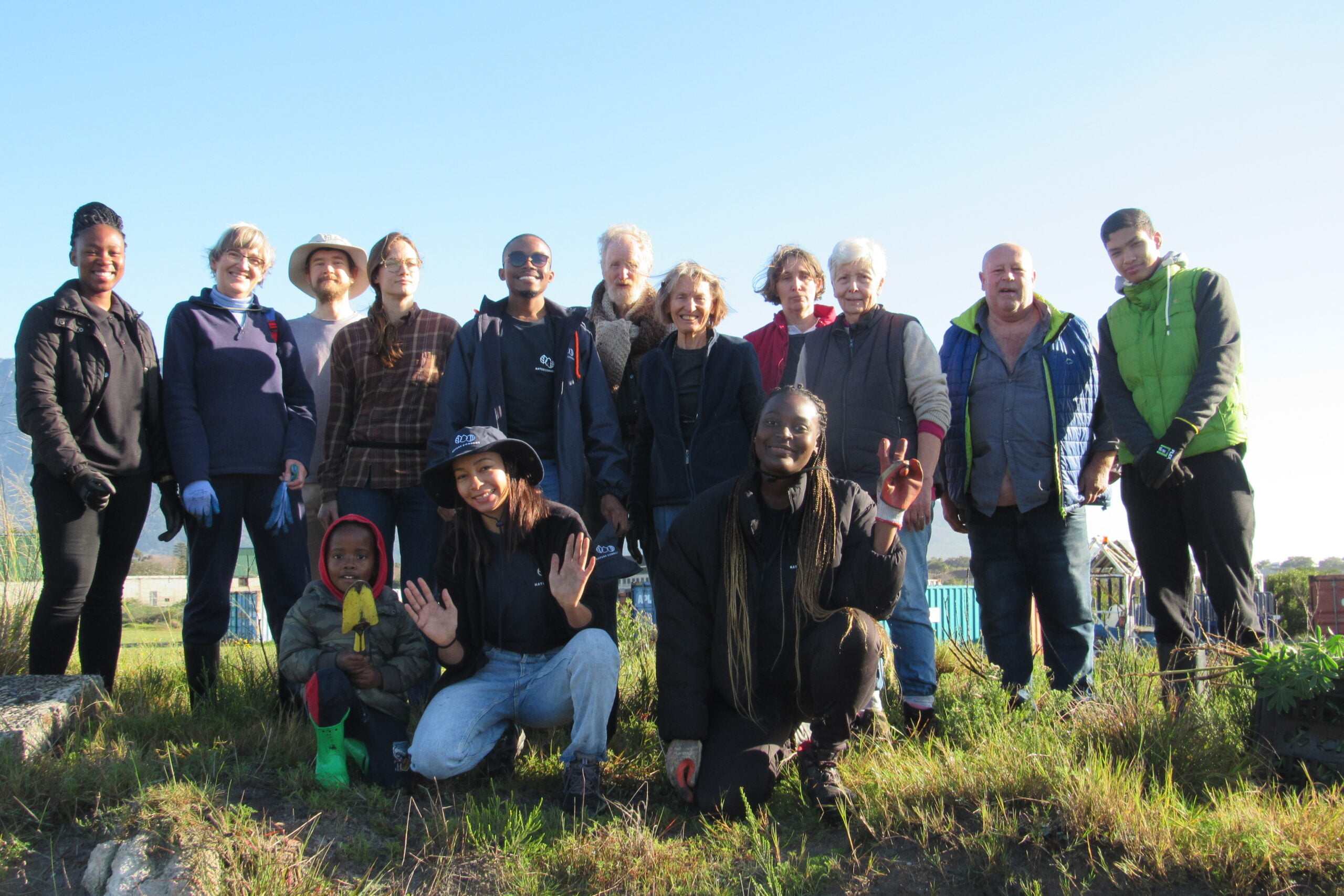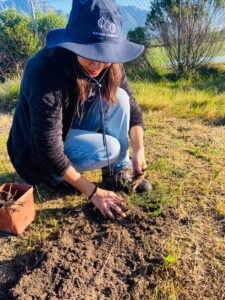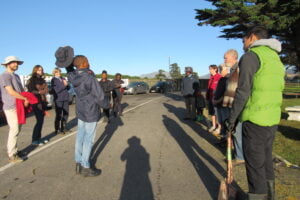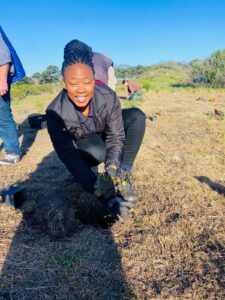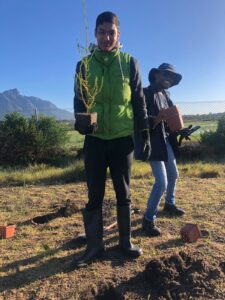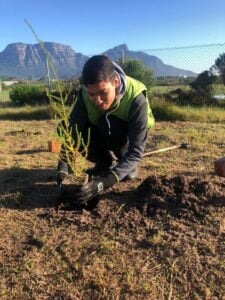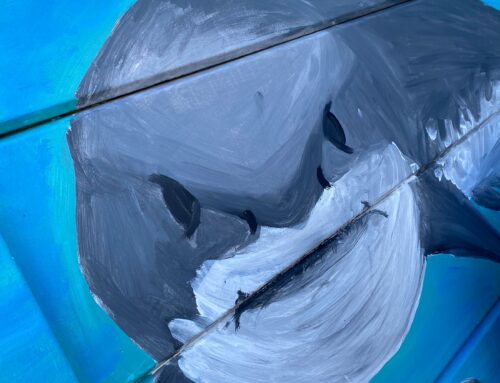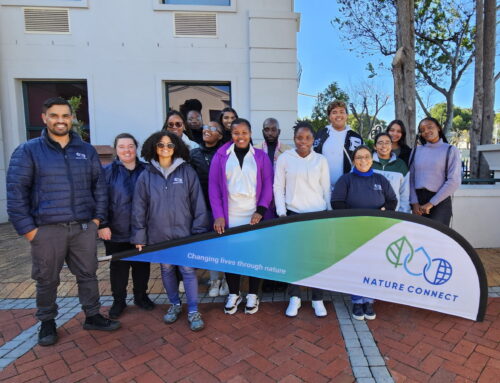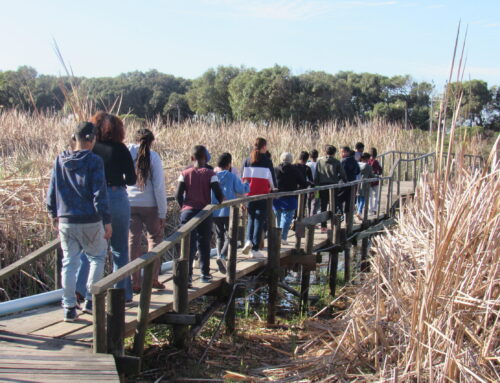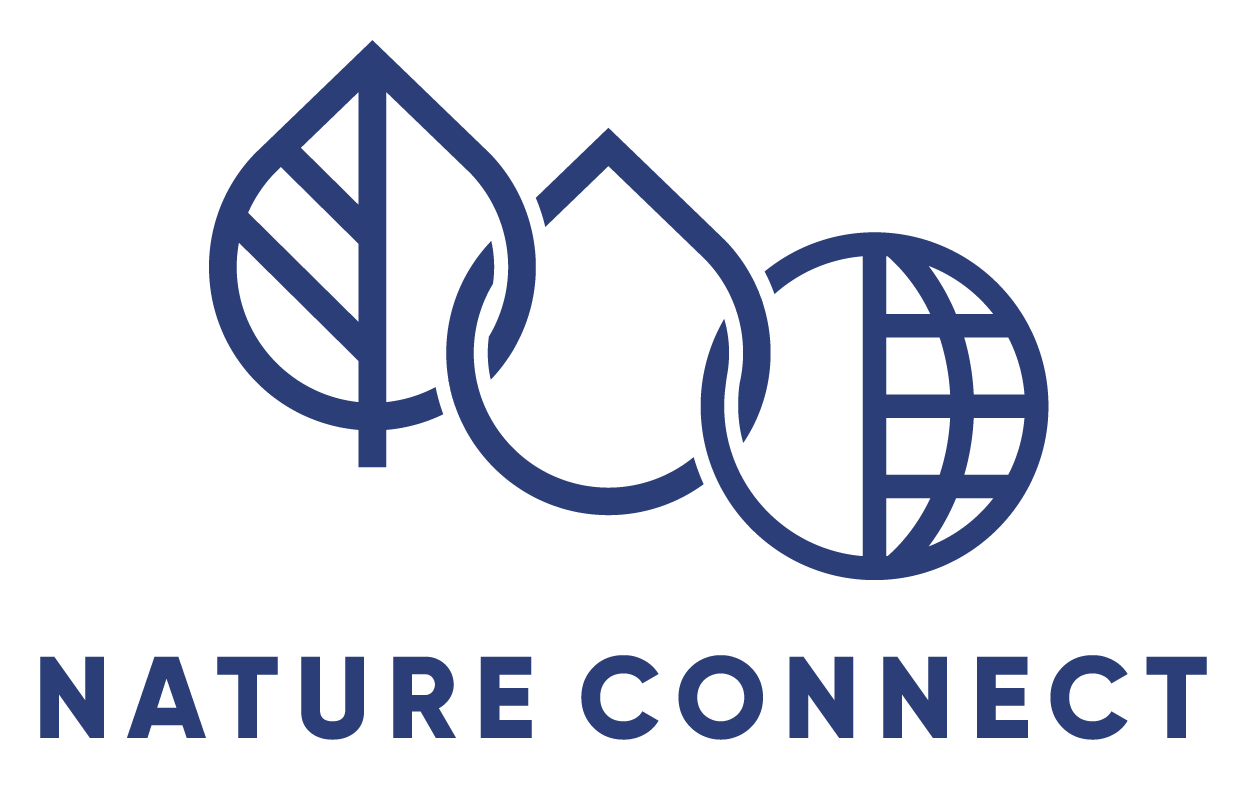Written by Fayruz Prins
Restoring the Sand Plain Fynbos at Kenilworth Racecourse Conservation Area for Make A Difference Week in partnership with the African Chapter of the Society for Ecological Restoration
The Nature Care Fund supports and facilitates conservation initiatives in Cape Town, supporting 162 hectares of endangered fynbos vegetation within the urban fabric. These conservation areas serve as essential green corridors for plants to thrive and animals to move through. These areas also provide opportunities for practical environmental education where members from surrounding communities and schools can contribute to conservation while growing their awareness of nature in their immediate environment and linking themselves to the global responsibility to support world biodiversity.
Nothing says this more than getting people involved in the Make A Difference (MAD) Week campaign initiated by the Society of Ecological Restoration, whereby volunteers across the world come together for a week during June to restore the environment. Kenilworth Racecourse Conservation Area (KRCA) is a 52-ha privately owned reserve by Hollywoodbets Kenilworth and is managed by Nature Connect. Formally protecting critically endangered Cape Flats Sand Fynbos, of which 85% is already irreversibly transformed by development and agriculture, it is home to over 400 plant species, of which 52 are on the IUCN Red List of South African Plants. This area has high botanical importance and is considered a biodiversity hotspot in the world, with the site being referred to as the “Golden Oval” since it lies in the centre of the oldest racetrack in South Africa.
This year the MAD campaign was held from the 3rd – the 11th of June, and KRCA hosted a restoration event on Saturday, the 10th of June, to restore a section of the conservation area that was encroached by invasive Kikuyu grass (Pennisetum clandestinum). Three staff members cleared approximately 50m² of Kikuyu before the event to make room for the plants that should be growing in this space. Plant cuttings were propagated in the greenhouse onsite, eliminating the chance of genetic contamination. In total, 15 volunteers collectively took part in re-vegetating the area with 13 species and included a few red-listed plants; Leucadendron levisanus (Cape Flats Conebush), Diastella proteoides (Flats Silkypuff), Metalasia sp. (Blombos), Anthospermum aethiopicum (Tall flowerseed), Leucadendron salignum (Common Sunshine conebush), Serruria glomerata (Cluster spiderhead), Athanasia crithmifolia (Divided kanniedood), Seriphium plumosum (Common snakebush), Ruschia macowanii (beach tentfig), Erepsia sp. (Spoonfigs), Lampranthus reptans (Creeping brightfig), Plecostachys serpyllifolia (Petite-licorice), and Cliffortia sp. (Caperoses). The plants were strategically planted to ensure a high success rate of the plants’ growth and recruitment into the area. The rainy weather following the re-vegetation worked in our favour, helping to prevent the plants from drying out. Plant survival rates will be tracked as we learn more about ecological restoration methods within this critically endangered vegetation type.
The fun didn’t stop at the planting, as the dedicated volunteers also tackled the invasive alien Lupinus angustifolius (Blue Lupin), which is easily hand pulled as it starts to show itself at this time of year. We are enormously chuffed that approximately 5kg of Lupin was removed close to the restoration site. At the end of the afternoon, volunteers enjoyed a guided walk through the conservation area, typically closed to public access. Here they heard more about the importance of the site and got a viewing of the first few orchids flowering this season.


